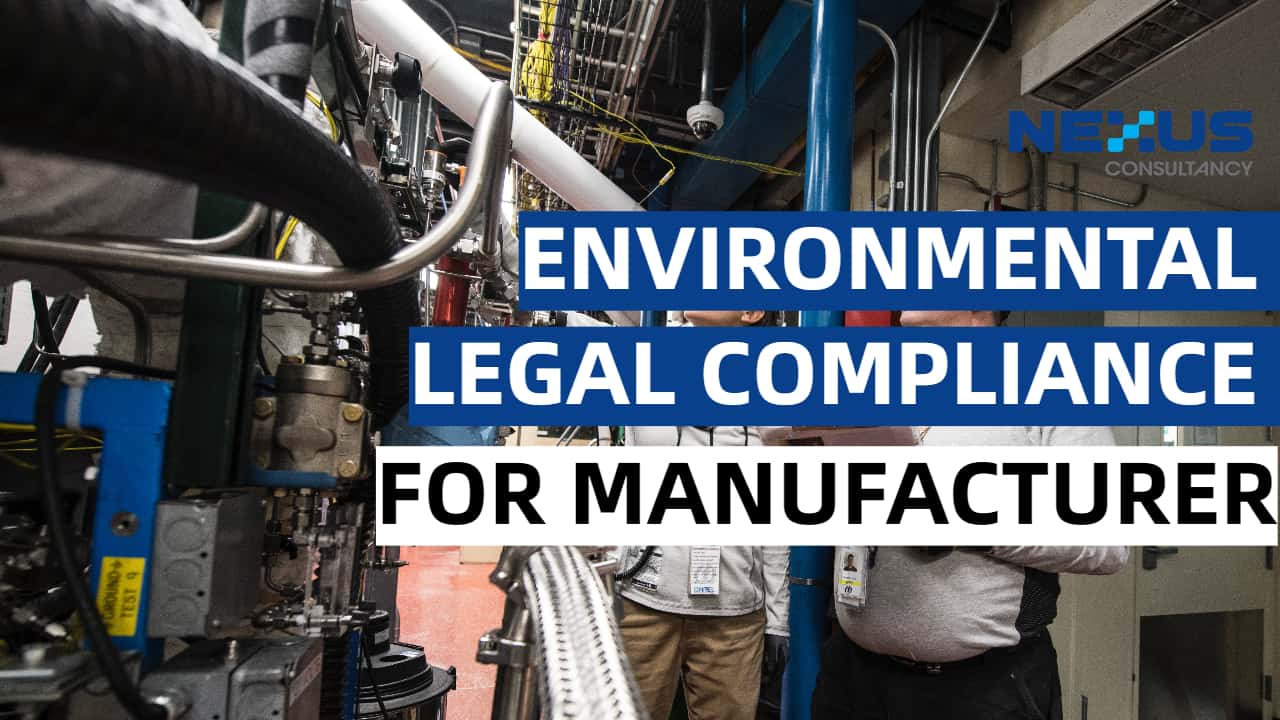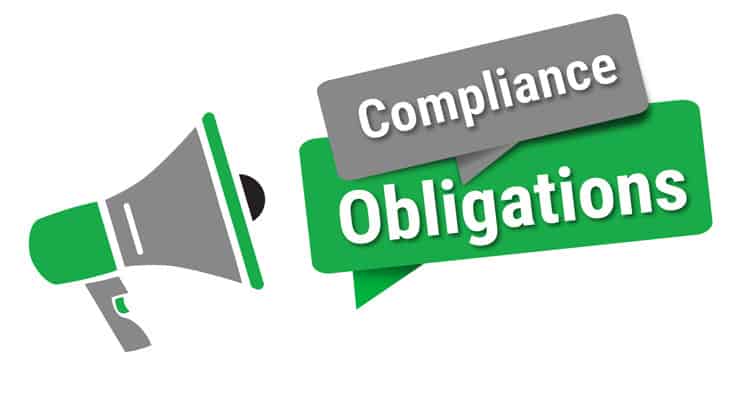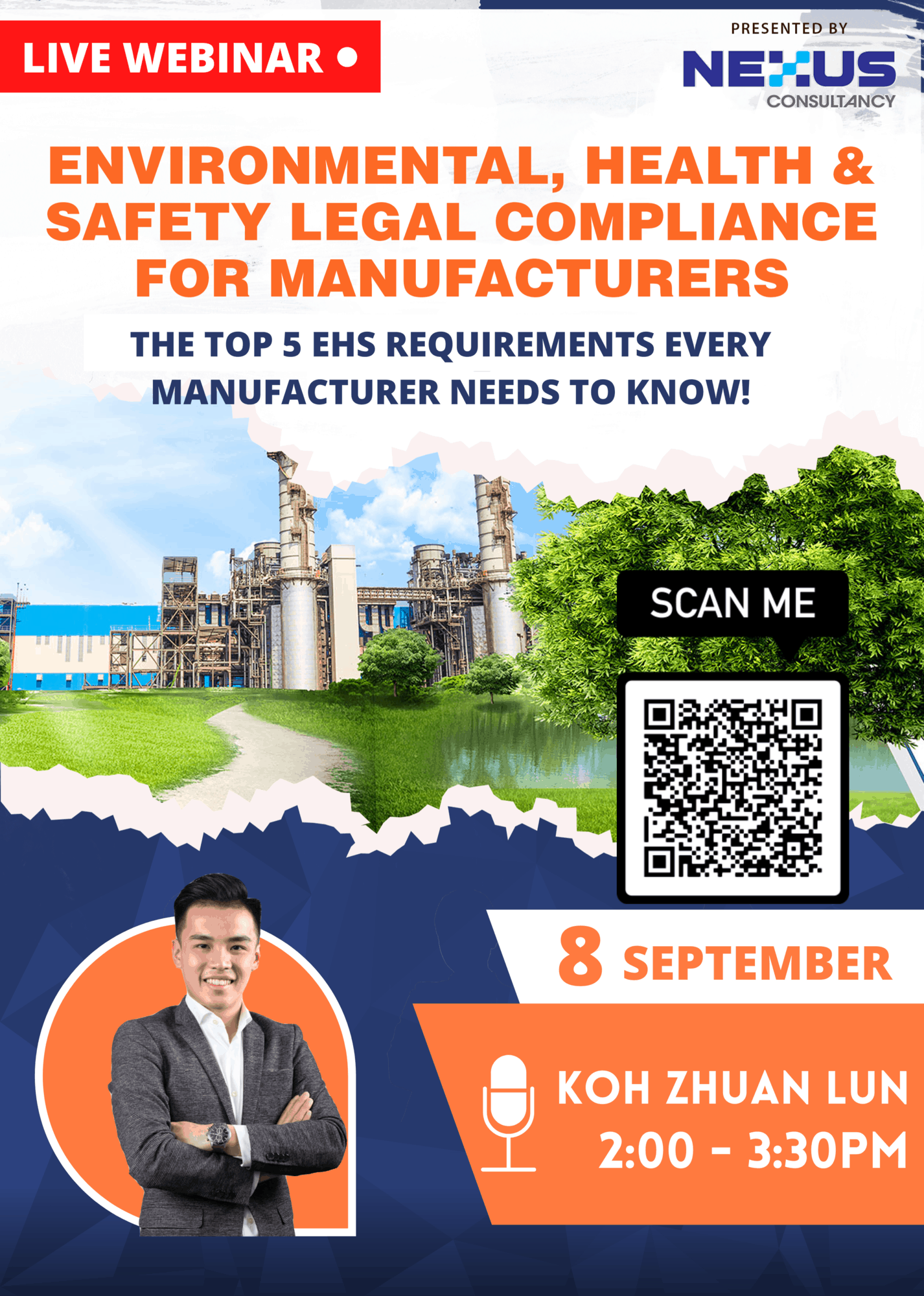
Tey Su Yin
Management Consultant
Manufacturers have become gradually more aware of their operations’ impacts on the social, environmental, and financial and they have to account for their resource consumption and environmental footprint.
– 2 minutes read

Manufacturers have become gradually more aware of their operations’ impacts on the social, environmental, and financial and they have to account for their resource consumption and environmental footprint. It is crucial to learn about the latest technologies, trends, and practices within the field. These challenges are forcing companies to implement and combine different management approaches, such as “green” and “lean”, to meet the needs of the ever-changing market demand.
ISO 14000 is a family of standards related to environmental management that exists to help organizations:
1. Minimize how their operations (processes, etc.) negatively affect the environment
2. Comply with applicable laws, regulations, and other environmentally related requirements, and
3. Continually improve in the above
Compliance Obligation – Definition

ISO 14001:2015 defines Compliance obligations as “legal requirements that an organization has to comply with any other requirements that an organization has to or chooses to comply with”.
In the note, it further states “Compliance obligations can arise from mandatory requirements, such as applicable laws and regulations, or voluntary commitments, such as organizational and industry standards, contractual relationships, codes of practice and agreements with community groups or non-governmental organizations.
What is Compliance Obligation in ISO 14001:2015?

Compliance obligations may be mandatory (eg. Acts and Regulations), or voluntary (eg. contractual relationships, codes of practice and agreements, and even expectations of third parties). Voluntary undertakings become compliance obligations once an organization decides to adopt them.
Manufacturer must plan actions to address compliance obligations and to integrate these actions into the Environmental Management System (EMS) or other business processes. Manufacturer must ensure that competence requirements, awareness-raising and communications programs take account of compliance obligations. Processes for evaluating fulfillment of compliance obligations, determine to evaluate and take action after evaluation, and maintain knowledge and understanding of its compliance status and the management review should be executed in the fulfillment of compliance obligations.
ISO 14001:2015 requires organizations to developing an understanding of their compliance obligations, both regulatory and voluntary. This is not a one-off exercise, but a process that provides almost real-time knowledge and understanding of how the organization is performing with regard to regulatory compliance and voluntary commitments.
What is Evaluation of Compliance?

Once you have determined your Compliance Obligation, now you must evaluate your Compliance. Here you must plan and implement a process to evaluate if you meet the legal requirements that are applicable to you as determined above. This process needs to include:
1. Frequency of compliance evaluation
2. Evaluation compliance and take action
3. Maintain the status of compliance
One of the important aspects of Compliance evaluation is to keep up to date on legislation changes, ensures compliance with legislation, and manages your compliance.
It is not about meeting the current requirements but also be able to meet the updated requirements for environmental compliance obligations of the organization. Not being caught off guard can protect you from unwanted and unnecessary fines – one of the benefits of having a good Environmental Management System.

Upcoming Webinar



